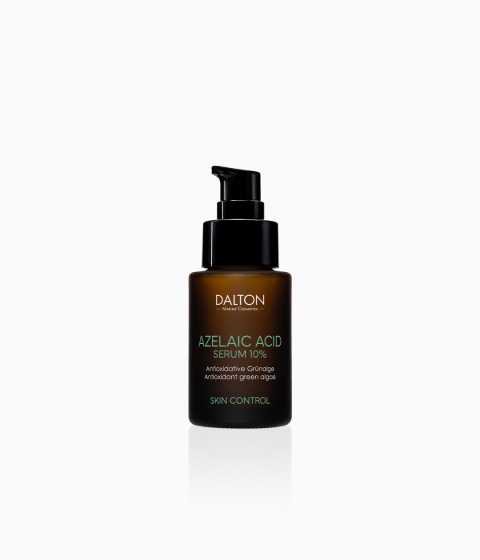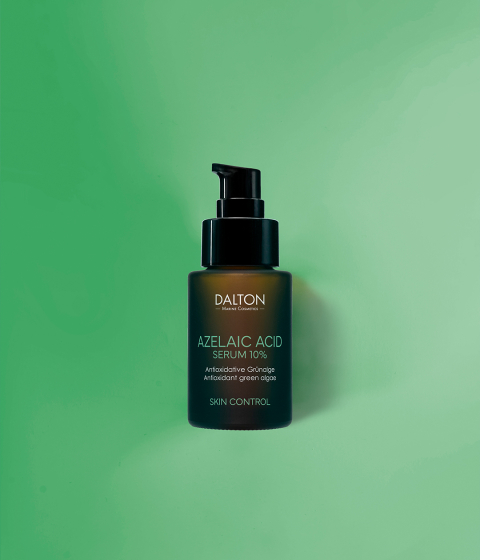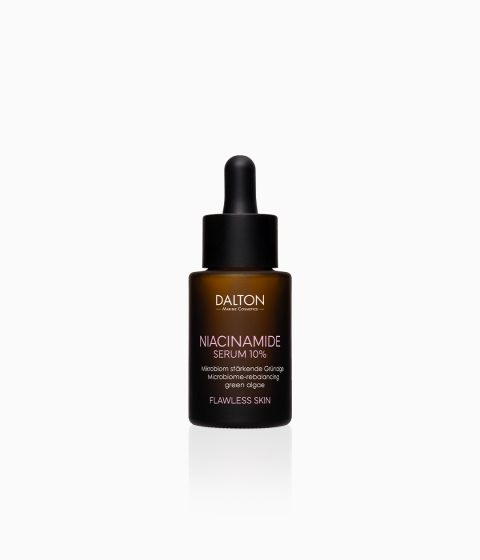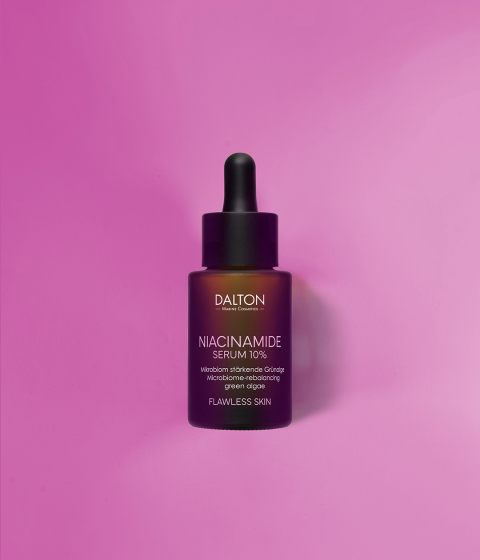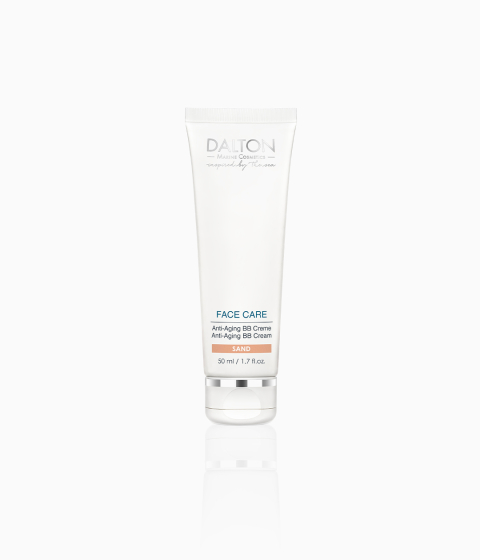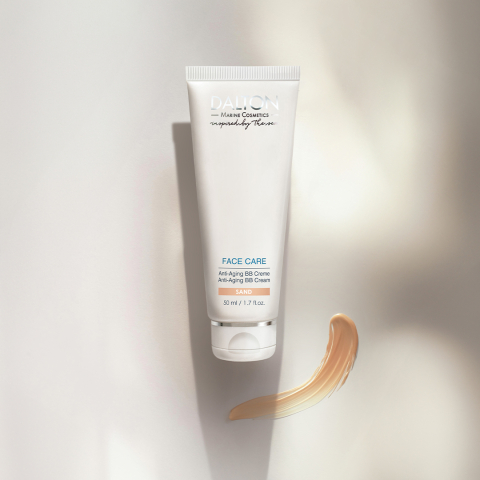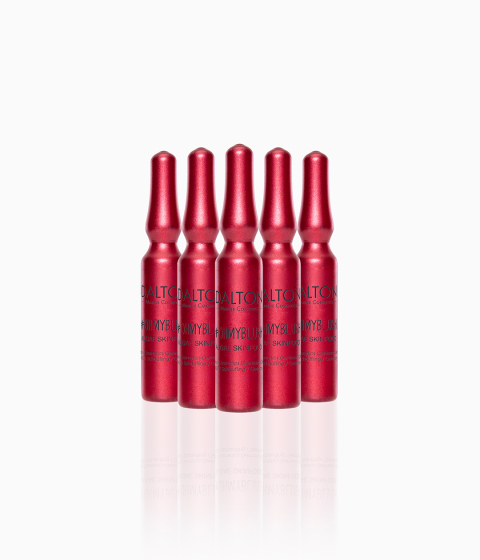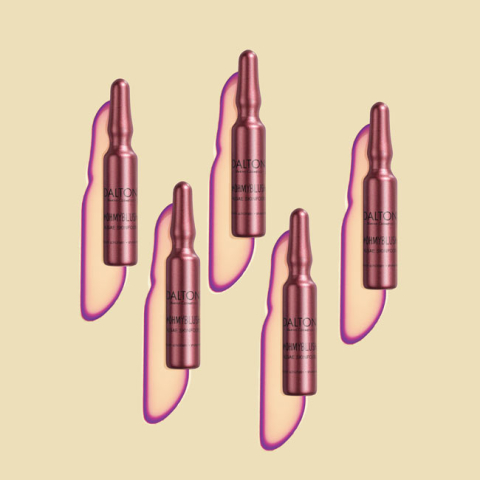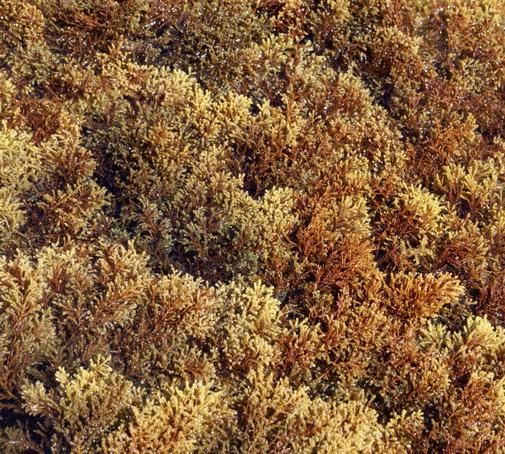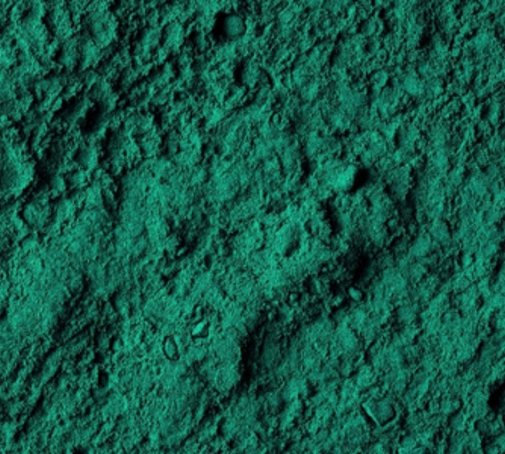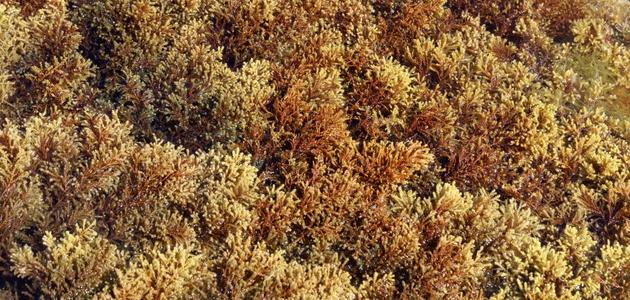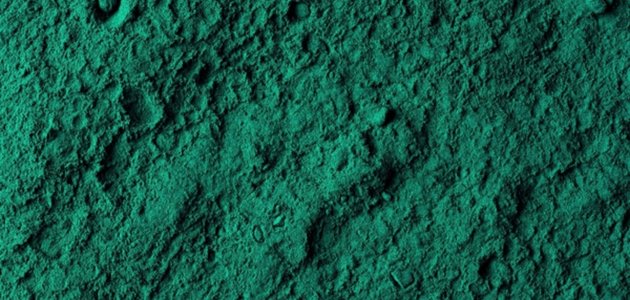
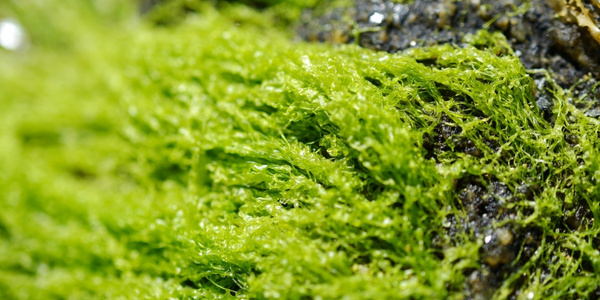
07 October 2025
Green Algae
Green algae are real nutrient powerhouses. Rich in amino acids, vitamins, and chlorophyll, they have long been valued in nutrition for the many benefits they bring to the body. In skincare, this marine ingredient protects the skin while giving it a genuine upgrade.
This is what we will be exploring in this article:
This is what we will be exploring in this article:
• Key nutrients found in green algae




What Are Green Algae?
Green algae (Chlorophyta) are among the best-known types of algae, alongside brown, red and blue-green algae. They are found mainly in freshwater, but also occur in the sea and in damp soils. Like other algae, they perform photosynthesis, turning sunlight into energy and releasing oxygen. Their distinctive green color comes from their high chlorophyll content. With their rich concentration of nutrients, green algae are valued not only in nutrition and the food industry, but also in skincare, where they offer numerous benefits for the skin.
Benefits of Green Algae for Skin
Green algae are valued in skincare for supporting cell renewal, regeneration, and skin protection. They are brimming with beneficial nutrients, including vitamins, minerals, amino acids, and phytonutrients such as chlorophyll. Thanks to these properties, they help hydrate the skin, deliver antioxidant benefits, support a balanced microbiome and offer a natural detox effect.
Key Nutrients – What’s Inside Green Algae
Packed with nutrients, green algae are a true superfood for the skin. Thanks to their wide range of active elements, they can be tailored to many different skin types and needs.
Chlorophyll
This green pigment delivers multiple skin benefits. With its strong antioxidant power, it shields the skin from harmful environmental stress. Its anti-inflammatory and detoxifying properties further support regeneration and the skin’s natural healing processes.
Amino acids
Essential building blocks for elastin and collagen, amino acids help maintain skin firmness, structure, and elasticity.
Omega Fatty Acids
In addition to keeping the skin soft and smooth, they also strengthen the skin barrier with hydrating and anti-inflammatory effects.
Vitamin A
With its cell-regenerating and smoothing properties, vitamin A can help reduce wrinkles and is also beneficial for blemish-prone skin.
Vitamin C
Often called the glow vitamin, it boosts collagen production for firmer-looking skin. As a powerful antioxidant, it neutralizes free radicals, while its brightening effect makes it a key ally against hyperpigmentation and uneven tone.
Vitamin E
The bodyguard of our cells, vitamin E is a powerful antioxidant that protects cell membranes from oxidative stress, helping to prevent premature skin aging. It also soothes and calms the skin.
Minerals
Elements such as magnesium, zinc, and iron stimulate metabolism, promote wound healing and strengthen the skin.
Polysaccharides
These natural moisturizers form a protective film, locking in hydration and preventing dryness.
Carotenoids
They promote a radiant complexion and, thanks to their antioxidant action and natural UV protection, help slow down skin aging.
Peptides
Acting as messengers between cells, peptides improve skin structure and deliver a firming effect.
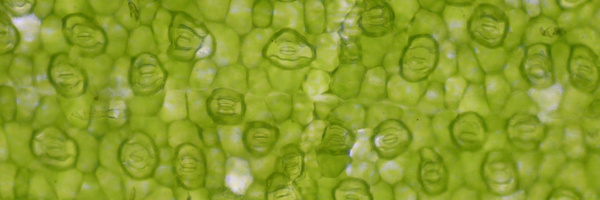

Chlorophyll – more than a green pigment
Chlorophyll is the natural green pigment that makes photosynthesis possible. But it offers far more than color – chlorophyll can support skin health both from the outside, through cosmetic products, and from within, as part of a balanced diet or in the form of supplements. Green algae (especially Chlorella) are particularly rich sources of chlorophyll.
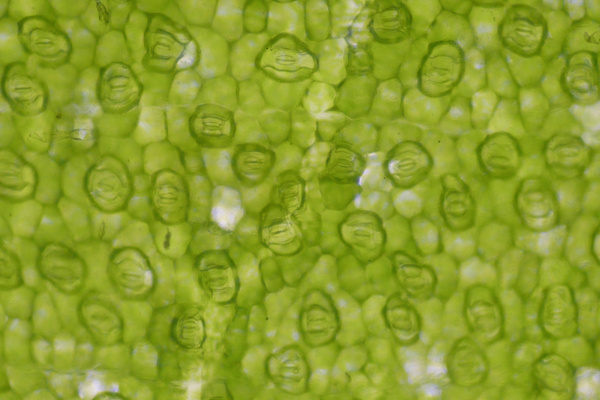

Chlorophyll has the following effects on the skin:
Antioxidant protection: Chlorophyll neutralizes free radicals, protecting the skin from oxidative stress and premature aging.
Anti-inflammatory: It can soothe inflamed areas, leaving the skin less irritated and helping blemishes heal more quickly.
Antibacterial and clarifying: With its antimicrobial properties, chlorophyll can inhibit the growth of bacteria on the skin’s surface. This is especially beneficial for blemish-prone skin.
Supports healing: Chlorophyll supports skin regeneration and can speed up the recovery of small breakouts or irritations.
Detoxifying and purifying: Acting like a natural detoxifier, chlorophyll binds harmful substances and helps the skin release them.
Chlorophyll is also found in many foods, so you can support your skin from the inside out through your diet. Classic sources include spinach, kale, parsley, arugula, lamb’s lettuce, broccoli, wheatgrass, barley grass, Chlorella, Spirulina, nettle, and dandelion.
Four Popular Types of Green Algae in Skincare
These four green algae are the ones to know if you’re after a true skincare upgrade.


Chlorella vulgaris
Chlorella vulgaris is a unicellular green algae found in freshwater, rich in nutrients and especially suitable for stressed, blemish-prone, tired or mature skin.
- Supports cell renewal
- Provides a detox effect
- Promotes skin regeneration
- Has a soothing effect
➤ Featured in the following products: Niacinamide Serum, Anti-Aging BB Cream and #ohmyblush Ampoule
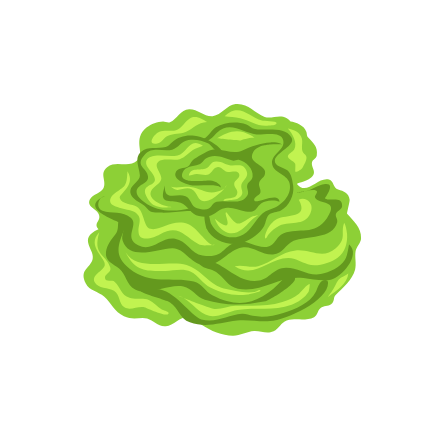

Ulva lactuca (sea lettuce)
This green sea alga stands out for its high mineral content. It is especially beneficial for dry, sensitive and dehydrated skin, thanks to its strengthening effect.
-
Hydrates the skin
-
Strengthens the skin’s natural barrier
-
Shields against environmental stressors
-
Helps maintain the skin’s natural balance
➤ Featured in the following product: Azelaic Acid Serum


Codium tomentosum
This green algae is commonly found along coastal regions and is mainly used in products for dehydrated and sensitive skin.
-
Provides long-lasting hydration
-
Improves elasticity and skin density
-
Soothes even stressed or overtreated skin
-
Smooths and balances the complexion


Enteromorpha compressa
Fine filaments give this green alga its distinctive appearance. Rich in sulfur compounds and minerals, it is ideal for sensitive skin prone to redness and irritation.
- Anti-inflammatory and soothing
- Helps with skin concerns such as redness
- Supports skin renewal and cellular protection
Does spirulina contain more chlorophyll than chlorella?
Both chlorella and spirulina are exceptionally rich in chlorophyll, making either a good choice. The green algae chlorella contains more chlorophyll overall. Spirulina, on the other hand, is higher in protein and provides an abundance of beta-carotene, B vitamins, and iron, while chlorella, besides its high chlorophyll content, is also an excellent source of dietary fiber.


Beauty editor
SIMILAR POSTS
You Might Also Like

